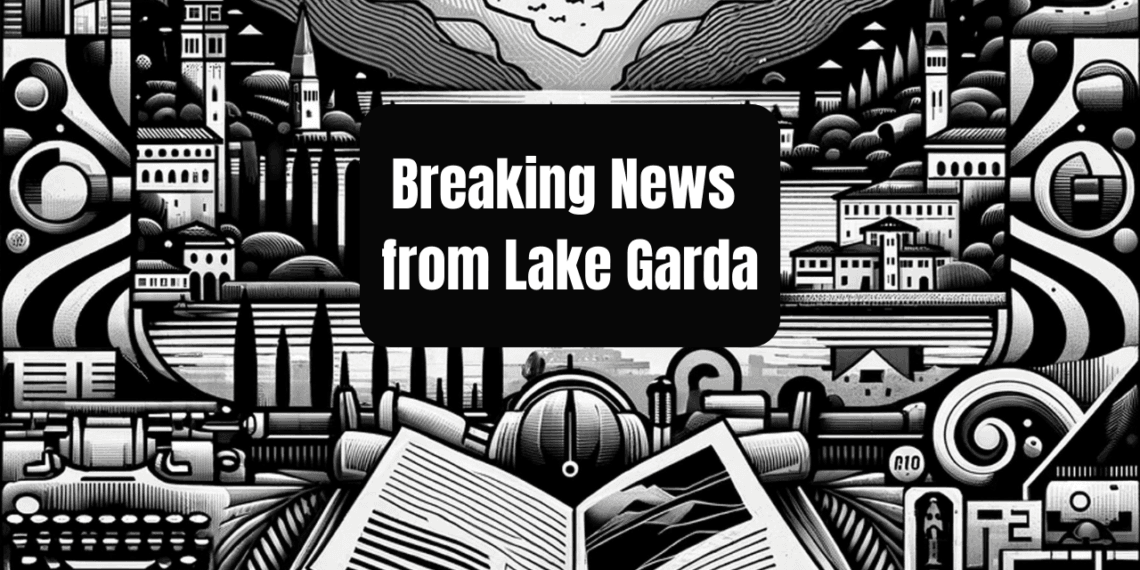The year 2024 concluded with an improved air quality compared to previous years, thanks to particularly rainy weather that helped reduce air pollution. However, despite this overall improvement, Milan stands out negatively, recording as many as 68 smog days, a significant increase from the 49 days in 2023. The situation remains critical for other cities in the Po Valley as well, such as Cremona, which confirms its status as the most polluted city in Lombardy. This scenario highlights the impact of agricultural activities and intensive farming on air quality.
Barbara Meggetto from Legambiente Lombardia emphasizes the need for more effective policies and better coordination among regions to tackle the issue of air pollution. The current measures are insufficient to meet the targets set by the new EU directive without reforms in the agri-food sector. The data on smog days in smaller agricultural towns is also concerning; Soresina recorded 75 days above the critical threshold. In contrast, the provinces of Upper Lombardy show better results, with Bergamo exceeding the limit for only 40 days and Varese recording fewer than ten days of poor air quality.


